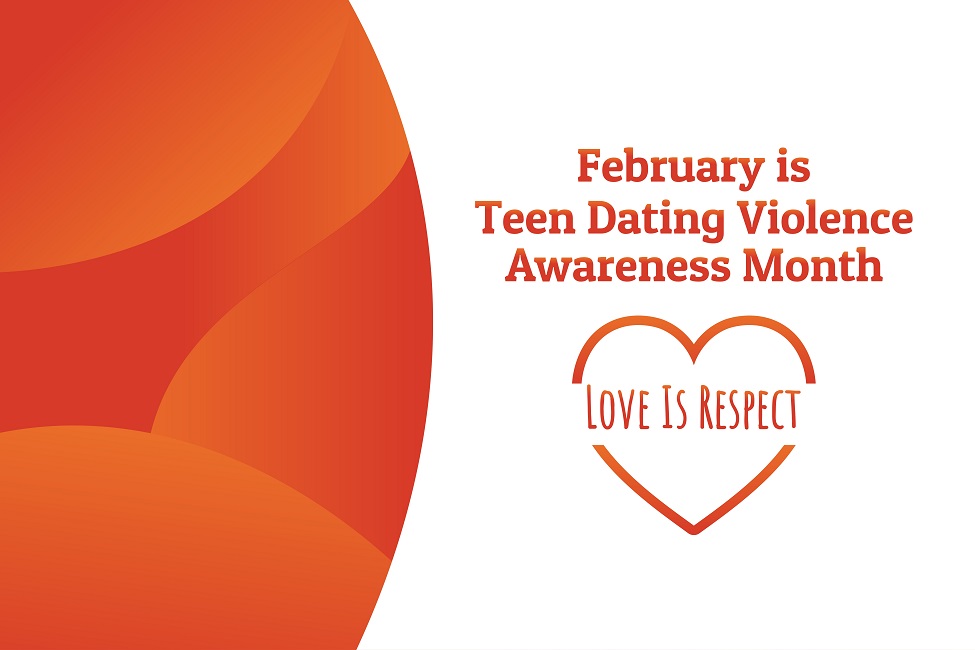Many Teens are Digital Dating Abuse Victims; Boys Get the Brunt of It

Males were significantly more likely to have experienced digital dating abuse compared to females, and more likely to experience all types of digital dating abuse, and were even more likely to experience physical aggression.
With February being , new research is illuminating how this problem is manifesting online. ‚ÄúDigital dating abuse‚ÄĚ as it has been termed, uses technology to repetitively harass a romantic partner with the intent to control, coerce, intimidate, annoy or threaten them. Given that youth in relationships today are constantly in touch with each other via texting, social media and video chat, more opportunities for digital dating abuse can arise.
A researcher from ∂∂MŇģ∆Õ, in collaboration with the , conducted a study to clarify the extent to which youth are experiencing digital forms of dating abuse, as well as to identify what factors are linked to those experiences. Research on this phenomenon is still emerging; indeed, this study is the first to examine these behaviors with a large, nationally representative sample of 2,218 middle and high school students (12 to 17 years old) in the United States who have been in a romantic relationship.
Results of the study, published in the , showed that more than one-quarter (28.1 percent) of teens who had been in a romantic relationship at some point in the previous year said they had been the victim of at least one form of digital dating abuse. These included: whether their significant other looked through the contents of their device without permission; kept them from using their device; threatened them via text; posted something publicly online to make fun of, threaten, or embarrass them; and posted or shared a private picture of them without permission.
In addition, more than one-third (35.9 percent) had been the victim at least one form of traditional (offline) dating abuse (i.e., they were pushed, grabbed or shoved; hit or threatened to be hit; called names or criticized, or prevented from doing something they wanted to do).
Interestingly, males were significantly more likely to have experienced digital dating abuse (32.3 percent) compared to females (23.6 percent), and more likely to experience all types of digital dating abuse, and were even more likely to experience physical aggression. No other differences emerged with respect to demographic characteristics such as sexual orientation, race and age.
‚ÄúSpecific to heterosexual relationships, girls may use more violence on their boyfriends to try to solve their relational problems, while boys may try to constrain their aggressive impulses when trying to negotiate discord with their girlfriends,‚ÄĚ said , Ph.D., lead author and a professor in the within ∂∂MŇģ∆Õ‚Äôs , and co-director of the . ‚ÄúIt‚Äôs unfortunate to be thinking about dating abuse as we approach one of the most romantic days of the year, Valentine‚Äôs Day. However, it is clear that digital dating abuse affects a meaningful proportion of teenagers, and we need to model and educate youth on what constitutes a healthy, stable relationship and what betrays a dysfunctional, problematic one.‚ÄĚ
The researchers also found a significant connection between digital and traditional forms of dating abuse: the vast majority of students who had been abused online had also been abused offline. Specifically, 81 percent of the students who had been the target of digital dating abuse had also been the target of traditional dating abuse. Students victimized offline were approximately 18 times more likely to have also experienced online abuse compared to those who were not victimized offline. Similarly, most of the students who had been the victim of offline dating violence also had been the victim of online dating violence, though the proportion (63 percent) was lower.
A number of risk factors were significantly associated with digital dating abuse. Students who reported depressive symptoms were about four times as likely to have experienced digital dating abuse. Those who reported that they had sexual intercourse were 2.5 times as likely to have experienced digital dating abuse. Most notably, those students who had sent a ‚Äúsext‚ÄĚ to another person were nearly five times as likely to be the target of digital dating abuse as compared to those who had not sent a sext. Finally, those who had been the target of cyberbullying also were likely to have been the target of digital dating abuse.
‚ÄúAs we observe ‚ÄėTeen Dating Violence Awareness Month,‚Äô we are hopeful that our research will provide more information on the context, contributing factors, and consequences of these behaviors,‚ÄĚ said Hinduja. ‚ÄúGaining a deeper understanding of the emotional and psychological mind-set and the situational circumstances of current-day adolescents may significantly inform the policy and practice we need to develop to address this form and all forms of dating abuse.‚ÄĚ

-∂∂MŇģ∆Õ-
Tags: cdsi | faculty and staff | jupiter | research